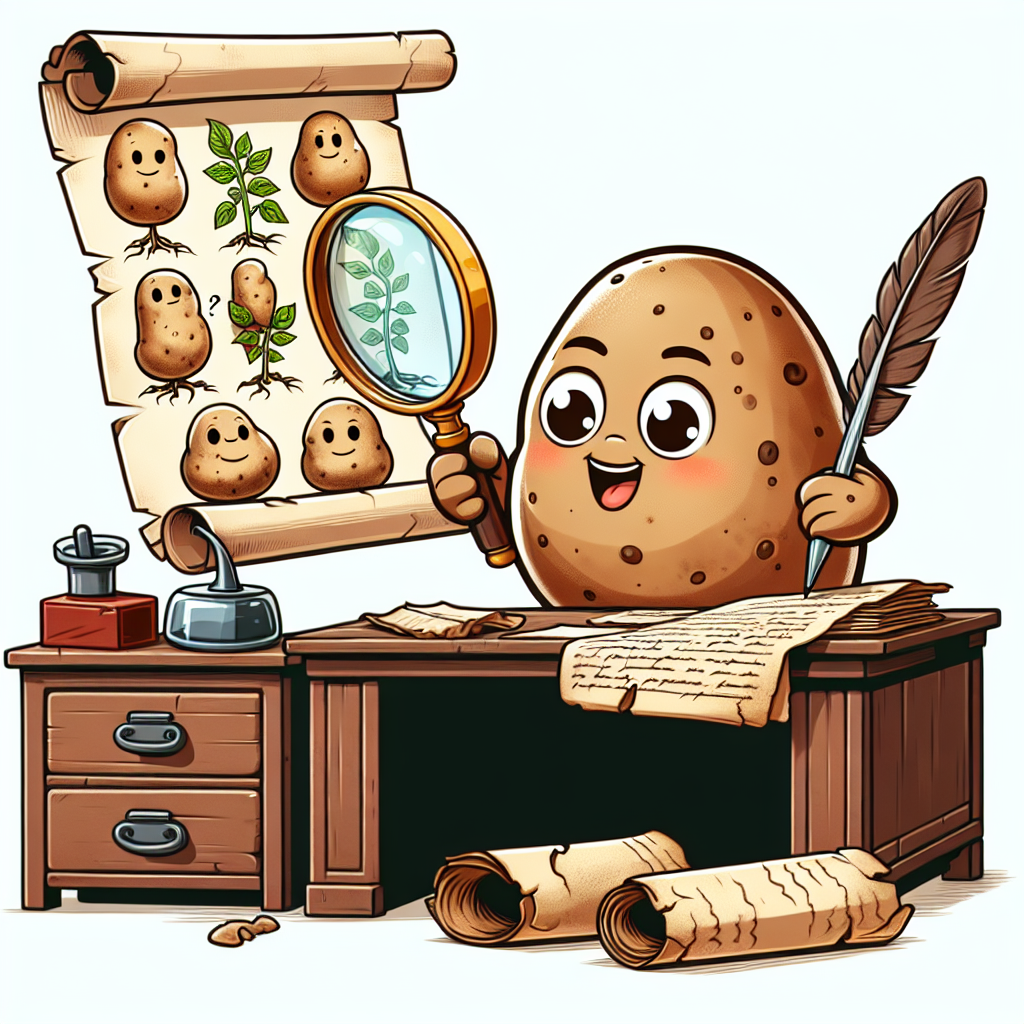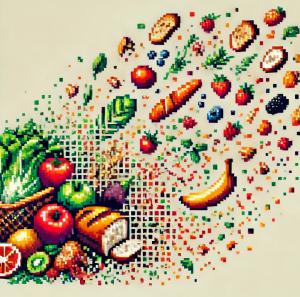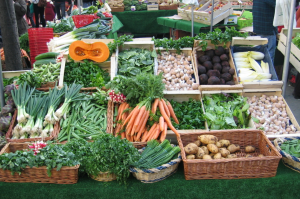
Ancient Hybridization: The Surprising Origins of the Modern Potato
The humble potato is a staple in diets worldwide, but its history is more complex than our palates might suggest. Recent research has uncovered a surprising tale involving ancient botanical intermingling that leads us to rethink what we know about this essential crop. New findings suggest the modern potato’s origins can be traced back to an ancient hybridization event between tomatoes and potato-like plants in South America approximately nine million years ago.
The Tale of the Two Ancestors
In the Andean wilds, a bizarre confluence occurred: an interspecies hybridization that would birth one of today’s most important crops. As researchers recently highlighted in Cell, this hybridization was not a mere curiosity but the start of a lineage that would survive dramatic climatic shifts over millennia. This odd genetic blending event resulted in the potato we recognize today, adapted to thrive in the harsh Andean environment, fueling its widespread cultivation.
Taming the Tubers
The adaptability of the hybrid plant facilitated rapid growth, allowing it to spread across various regions. This newfound adaptability was crucial for survival in the fluctuating conditions of the Andean region and enabled the tuber’s integration into indigenous agriculture. The study that detailed this genetic mingling also uncovered how these early potatoes developed storage organs in the form of tubers, crucial for surviving harsh periods.
From Andes to Tables Worldwide
Beyond the Andes, the potato eventually found its way to Europe and became central to several cuisines. Its versatility and relatively easy cultivation transformed it into a staple food, critical during periods of agricultural stress such as the Irish Potato Famine.
Genetic Mapping Unveils Hidden Histories
Today’s genetic tools enable scientists to trace the specific cross-species interactions at play. The genetic markers of these hybrids revealed that the traits cherished in potatoes — such as resistance to disease and nutritional profile — were embedded well before human intervention through selective breeding practices. An interdisciplinary approach, blending botany with genetics, was key in unraveling the potato’s past.
The Importance of Understanding Origins
Understanding the potato’s genetic lineage is not purely academic; it bears practical implications for food security and sustainability. By studying the genetic resilience of ancient hybrids, researchers aim to promote crop varieties that are resilient to climate change and disease.
For instance, AI-powered plant breeding systems are already supercharging agricultural development by enhancing plant immunity against potential future threats, as shown by recent studies on plant resilience.
A Mosaic of Nature’s Ingenuity
The story of the potato is emblematic of nature’s resilience and adaptability. It underscores how chance hybridizations might offer clues to building sustainable food systems. While genetically modified organisms (GMOs) and biotechnology spur intense debate, the existence of naturally occurring hybrids such as the potato inspires deeper thought about the potential of combining ancient wisdom with cutting-edge science. As future challenges loom, perhaps the paths our ancestors stumbled upon inadvertently will offer answers yet again.



